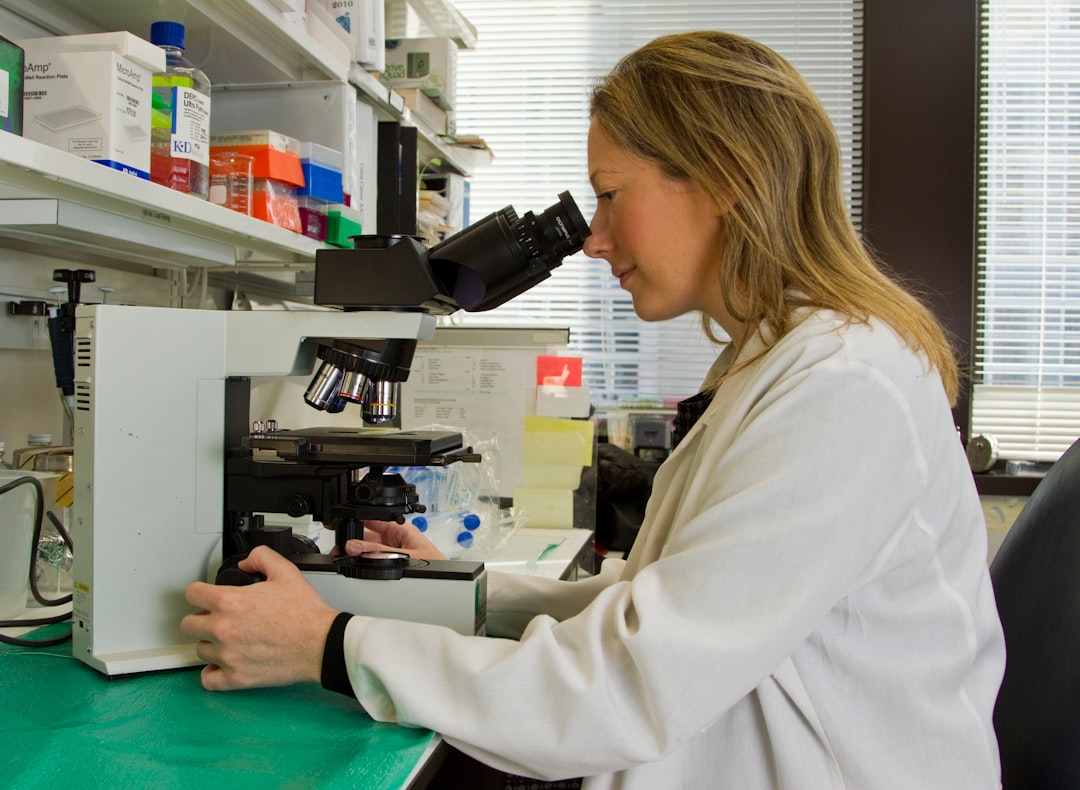What is it about?
This summary article reviews guidance released by PUMA and international airway societies in 2022 with the aim of reducing the incidence and impact of unrecognised oesophageal intubation. It emphasises the universal use of videolaryngoscopes to prevent occurrence and the importance of sustained exhaled carbon dioxide to confirm tracheal placement. In the absence of sustained exhaled carbon dioxide the default position is tube removal. It places the airway assistance as equally important in confirming or challenging these conditions.
Featured Image

Photo by Tim Cooper on Unsplash
Why is it important?
Despite the previous RCOA 'no trace, wrong place' campaign serious harm and death from unrecognised oesophageal intubation continues. This summary article overviews guidance essential for all airway practitioners, regardless of experience or setting, to minimise the risk of both intubating the oesophagus and failing to recognise this catastrophic event if it has occurred.
Perspectives
The simplicity of the 'sustained exhaled carbon dioxide' message and the default position of tube removal in it's absence makes this an incredibly effective guideline. It introduces sharing of the airway between operator and assistance and encourages verbal confirmation at two check-points between these users. It prioritises being safe as superior to being right, an important step in patient safety.
Abigail Mann
Royal United Hospital Bath NHS Foundation Trust
Read the Original
This page is a summary of: Preventing unrecognised oesophageal intubation, British Journal of Hospital Medicine, March 2023, Mark Allen Group,
DOI: 10.12968/hmed.2023.0007.
You can read the full text:
Contributors
The following have contributed to this page










